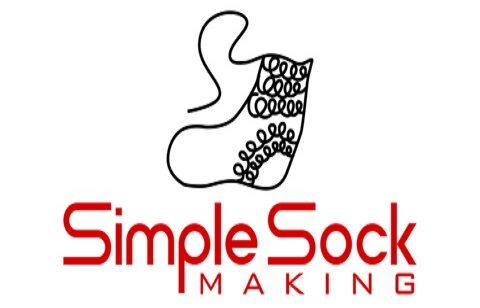I'm sitting in the food court of the shopping centre where I work. I decided to pull out a sock that I'm working on, whose pattern will be used in an upcoming FREE sock class for everyone who wants it.
I had worked on it during the bus ride across the city this morning and when I looked at it, I laughed out loud. No really, I LOL'd good and hard. I made the lady at the table beside me jump. Sorry about that!!
The reason I laughed is that I took a look at my sock and right away realized that I should snap a picture and share this with you. My sock is made toe-up. You can see that the toe is nice and relaxed looking. The body of the foot is proportionate and then suddenly in the last two inches or so, it looks like I made a bunch of decreases, except that I didn't.
My sock shrank when I started to crochet on the bus this morning. I guess being cramped up between two men that insist on taking up all available space around them can have a negative impact on my gauge, eh?
This is why blocking is important, especially if your item is made of animal fibres. When you block something, you are setting the fibres - just like styling your hair. Some fibres have better memory than others just like some folks' hair can hold a style better. Not only will blocking set the shape and reduce the effects of changes in gauge, like in the photo above, but it'll help to open up lace and other stitch patterns meant to have visual impact.
Blocking doesn't have to be an ordeal. Sock blockers can be purchased inexpensively at most craft stores or even made with corrugated cardboard.
And with that, I'm off to save the world from snarly eyebrows and fugly nails!!


